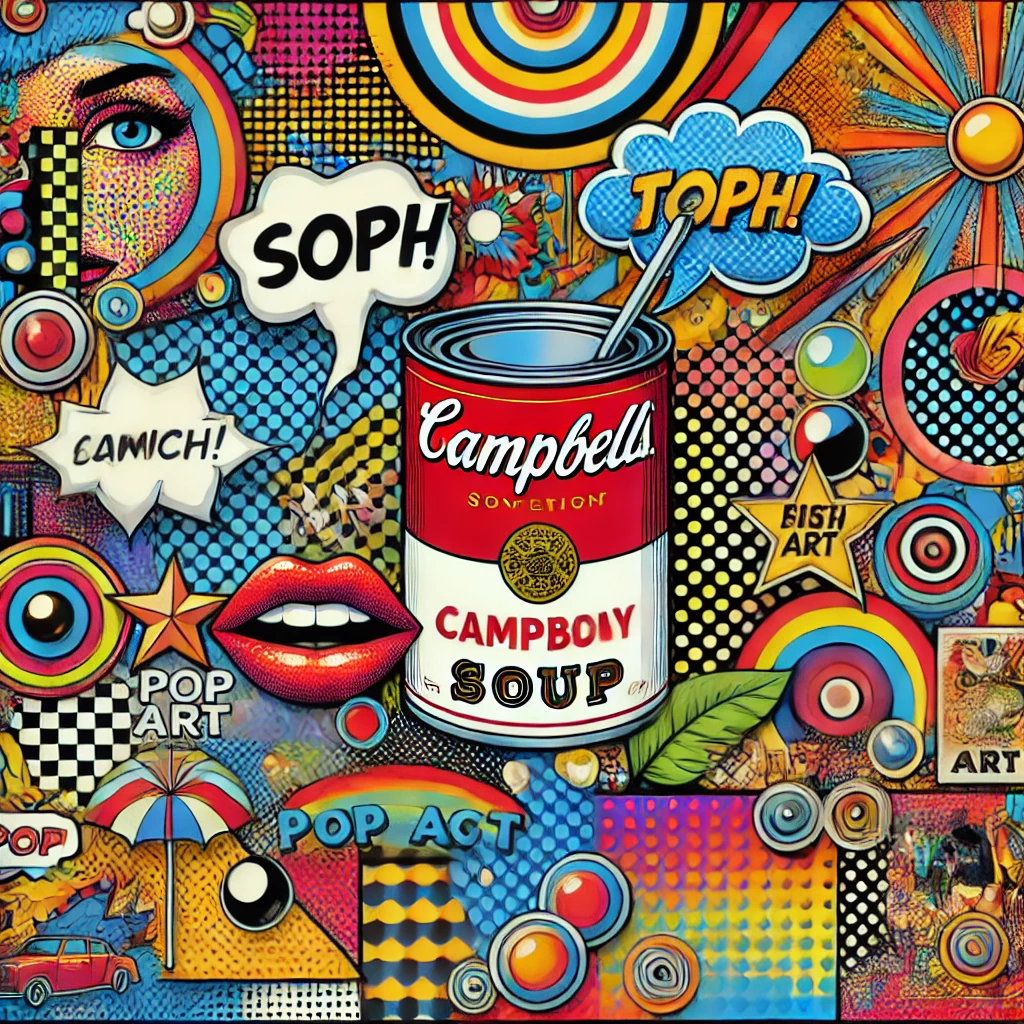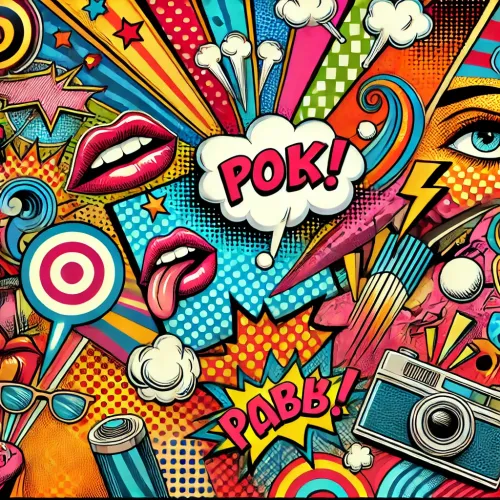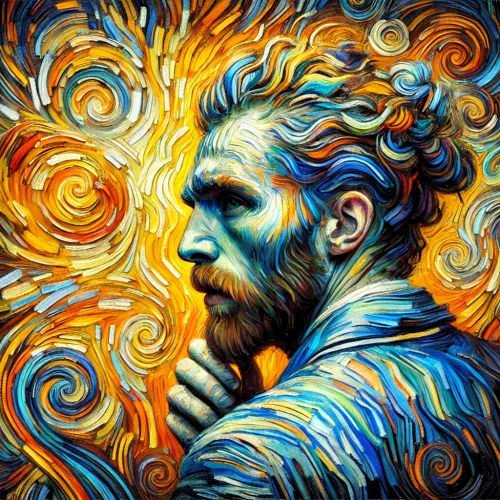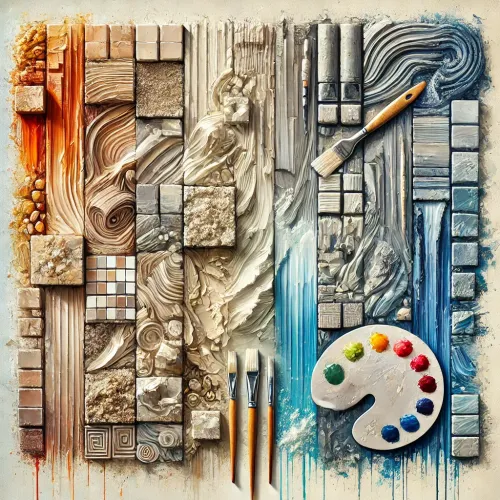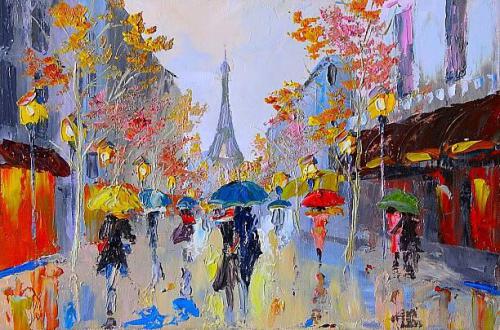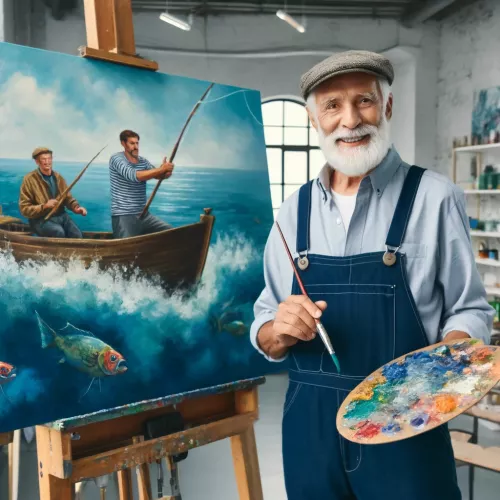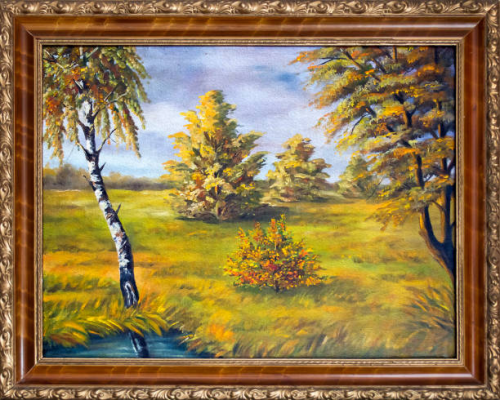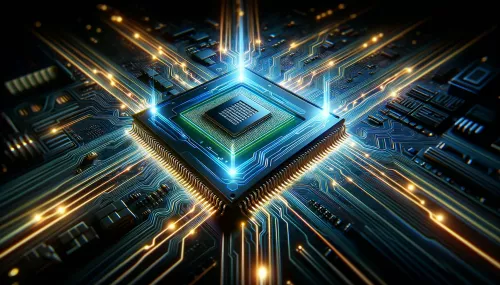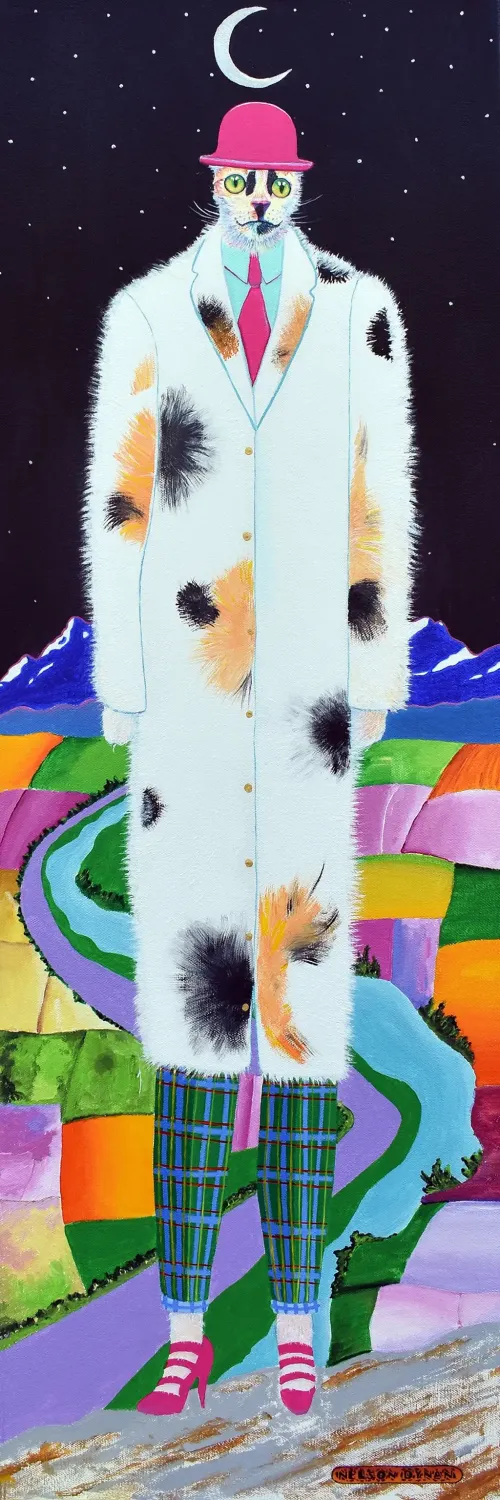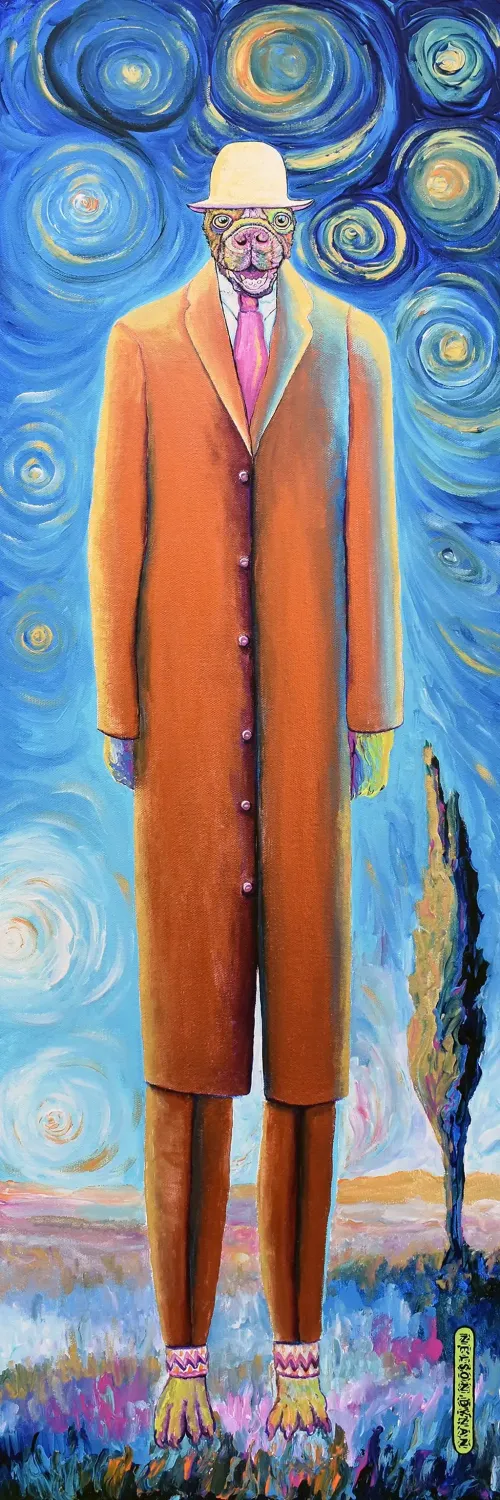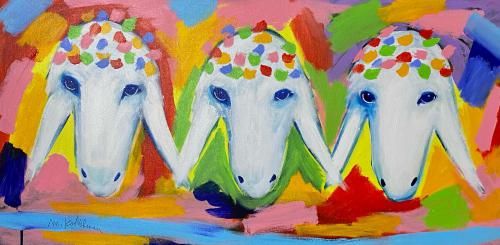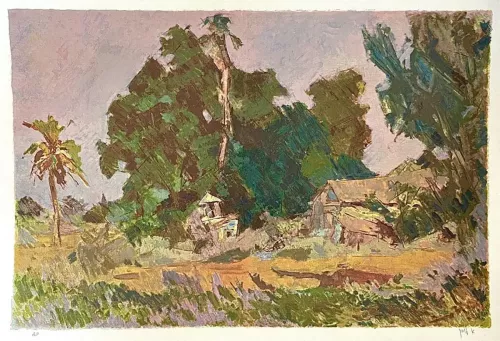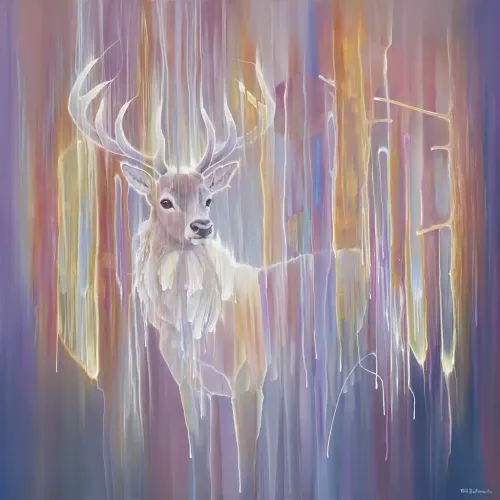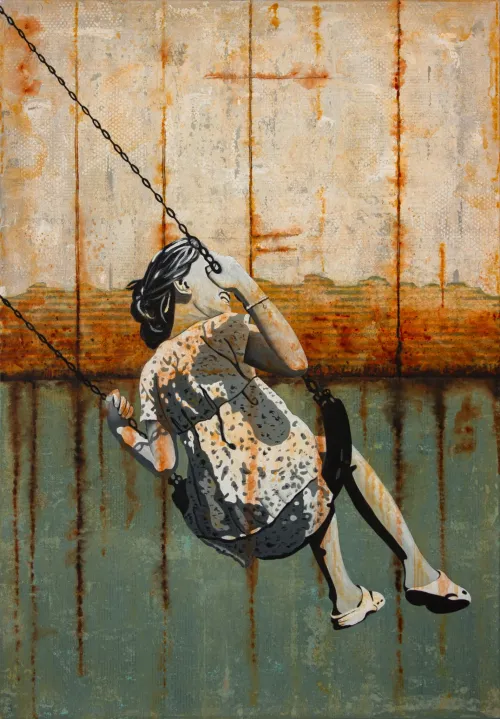


Pop Art's Revolution in Visual Language
Defining the Pop- A Look at the Pop Art Definition
The world of art is a blank paper continually drawn and erased with emerging movements that transform how we perceive the world around us.
One such transformative movement is the pop art movement that reshaped the visual language of the art world. Imagine taking everyday stuff, like discs and comic strips, and turning them into art that's just as important as elaborate paintings.
Pop Art challenged traditional artistic norms with the bold use of popular imagery, consumer culture references, and vibrant color palettes. He made a lasting impact on the way we view art.
The pop art movement emerged as a fabulous mix of art and everyday stuff in the mid-20th century. Pop art took its first steps in the United States and the United Kingdom, elevating mundane objects and images into the status of high art.
The pop art definition is simple; it's like art for everyone, not just for fancy museums. Instead of just painting beautiful scenes, pop artists took ads, cartoons, and pictures of celebrities and turned them into art that everyone could understand.
Historical Context- The Societal Forces that Shaped the Pop Art Movement
To understand the origin of the Pop Art movement's birth, consider its emergence and societal context. Picture a time after a giant war when people were excited about new things they could buy and watch on TV. This was the perfect time for Pop Art to burst onto the scene. Advertisements, comic books, and all sorts of things from everyday life surrounded people. Pop Art took these things and turned them into art. It was like saying that the ordinary stuff around us is essential, too.
The Visual Lexicon- Symbols, Signs, and Styles of Pop Art
Pop Art introduced a new visual lexicon that was as bold as it was accessible. Artists like Andy Warhol, Roy Lichtenstein, and Claes Oldenburg incorporated everyday symbols, signs, and styles into their works.
Warhol's iconic Campbell's Soup Cans and Lichtenstein's comic book-inspired paintings became representative of the pop art movement. These artists used familiar imagery to create a sense of relatability that resonated with a broad audience.
Modern Evolution- The Reimagining of Pop Art in Contemporary Times
While the glory days of the original Pop Art movement may have passed, its influence is still alive today. Contemporary artists have embraced the spirit of Pop Art, reimagining its themes and techniques in the context of modern society.
In this digital world, artists are using technology to mix art with things like social media and advertisements. They take the Pop Art idea of using everyday stuff and give it a modern twist, giving birth to modern pop art. It's like they're carrying on the incredible work that artists from the past started.
The Lasting Impression of Pop Art's Visual Revolution
Pop Art was like a big splash in the art world, making waves that we still feel today. It showed us that art doesn't have to be fancy – it can be fun, relatable, and part of our everyday lives. How Pop Art took ordinary things and turned them into something special changed how we look at art forever. Pop Art made it cool to celebrate the things we see all around us.
-
Pop Art | Surrealism | Figurative | Contemporary
-
Abstract | Expressionism | Contemporary | Anirealism
-
Abstract | Impressionism | Semi-Abstract
-
IsraelAbstract
-
IsraelAbstract
-
Abstract | Realism | Impressionism
-
Regina GoldelmanAcrylic on Canvas100 X 100 cm | 39.37 X 39.37 inches
£ 10400 € 12506 ₪ 47476 $ 13000 Yael BeninAcrylic on Canvas50 X 50 cm | 19.69 X 19.69 inches£ 520 € 625 ₪ 2374 $ 650 Nataly GrusmanAcrylic on Canvas70 X 90 cm | 27.56 X 35.43 inches£ 2400 € 2886 ₪ 10956 $ 3000 Hadar RaananAcrylic on Canvas70 X 90 cm | 27.56 X 35.43 inches£ 2280 € 2742 ₪ 10408 $ 2850 Maria BurgazMixed Technique146 X 160 cm | 57.48 X 62.99 inches£ 7616 € 9158 ₪ 34767 $ 9520 Alan ToledanoAcrylic on Art Paper54 X 75 cm | 21.26 X 29.53 inches£ 1520 € 1828 ₪ 6939 $ 1900 Dylan BellAcrylic on Aluminium Panels67 X 38 cm | 26.38 X 14.96 inches£ 1668 € 2006 ₪ 7614 $ 2085 Dubi RonenMixed Technique120 X 120 cm | 47.24 X 47.24 inches£ 4019 € 4833 ₪ 18348 $ 5024 Stephanie HoOil on Canvas100 X 100 cm | 39.37 X 39.37 inches£ 8400 € 10101 ₪ 38346 $ 10500 db WatermanMixed Technique70 X 100 cm | 27.56 X 39.37 inches£ 4640 € 5580 ₪ 21182 $ 5800 Alan ToledanoAcrylic on Art Paper53.3 X 75.3 cm | 20.98 X 29.65 inches£ 1520 € 1828 ₪ 6939 $ 1900 Benji MosesAcrylic on Canvas110 X 140 cm | 43.31 X 55.12 inches£ 2960 € 3559 ₪ 13512 $ 3700 Receive 10% on your first artworkOnce a month be the first to know about new trends, artworks and offersEvents around the world-
United States / Washington, DCGallery shows22/12/2024 - 31/12/2025
-
Luxembourg / Luxembourg, LuxembourgArt Fairs22/12/2024 - 30/03/2025
-
United States / Las vegasArt Fairs22/12/2024 - 02/06/2024
-
United States / USAArt Fairs22/12/2024 - 26/01/2025
-
United States / Fort MyersArt Fairs22/12/2024 - 02/02/2025
-
Switzerland / BaselMuseums Exhibitions22/12/2024 - 15/09/2024
-
Switzerland / SwitzerlandArt Fairs22/12/2024 - 02/02/2025
-
United States / Fort WorthArt Fairs22/12/2024 - 13/04/2025
-
United States / New York CityArt Fairs22/12/2024 - 27/04/2025
-
United States / MiamiArt Fairs22/12/2024 - 08/12/2024
-
United States / New York CityGallery shows22/12/2024 - 30/06/2024
-
Taiwan / TaiwanArt Fairs22/12/2024 - 11/05/2025
I am an art lover,
a collectorCreate an account to save your
favorites and receive personal offers.Already have an account?This website uses cookies to improve performance and to enhance the user experience.Accept

























































































































































































































































